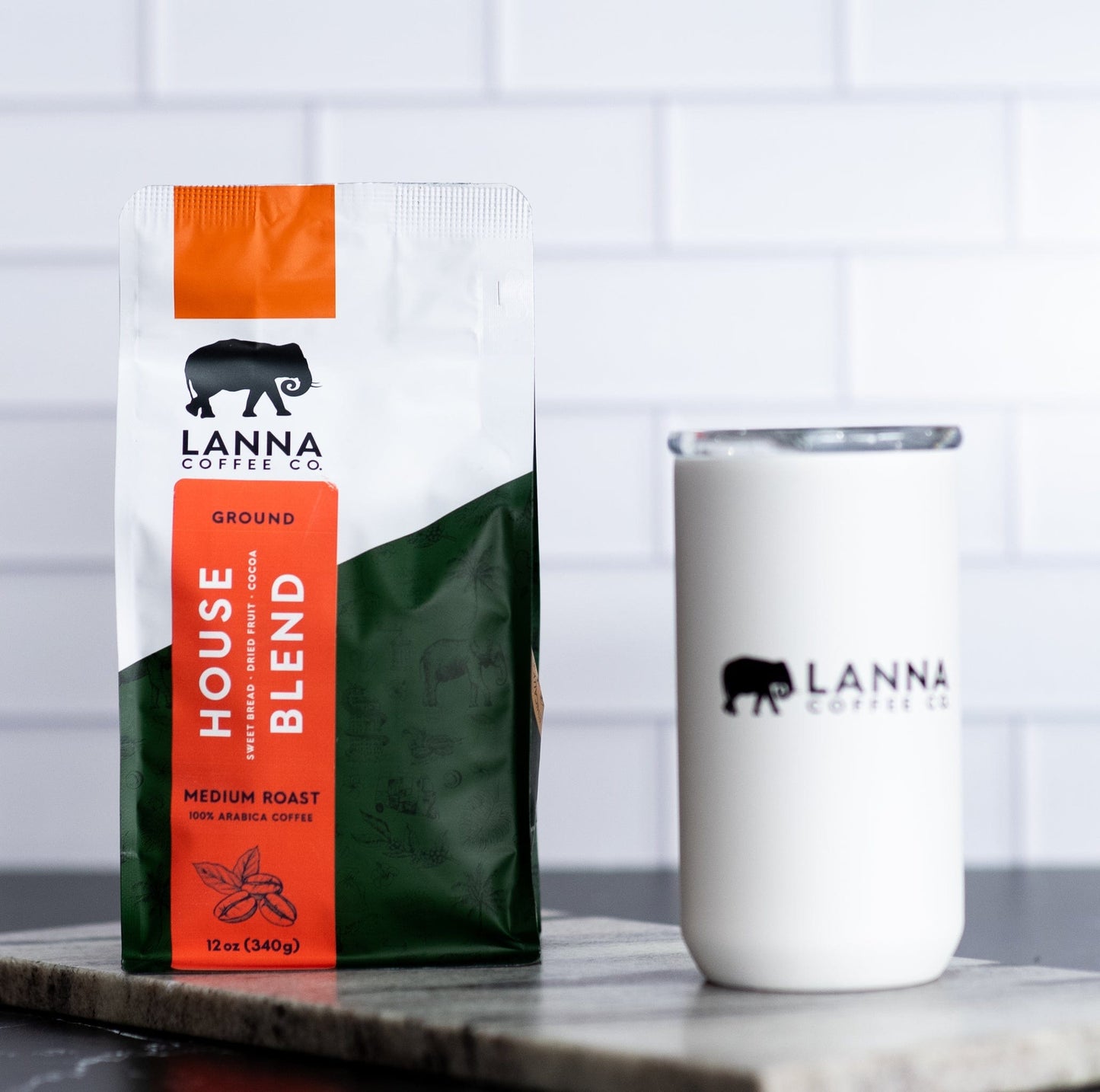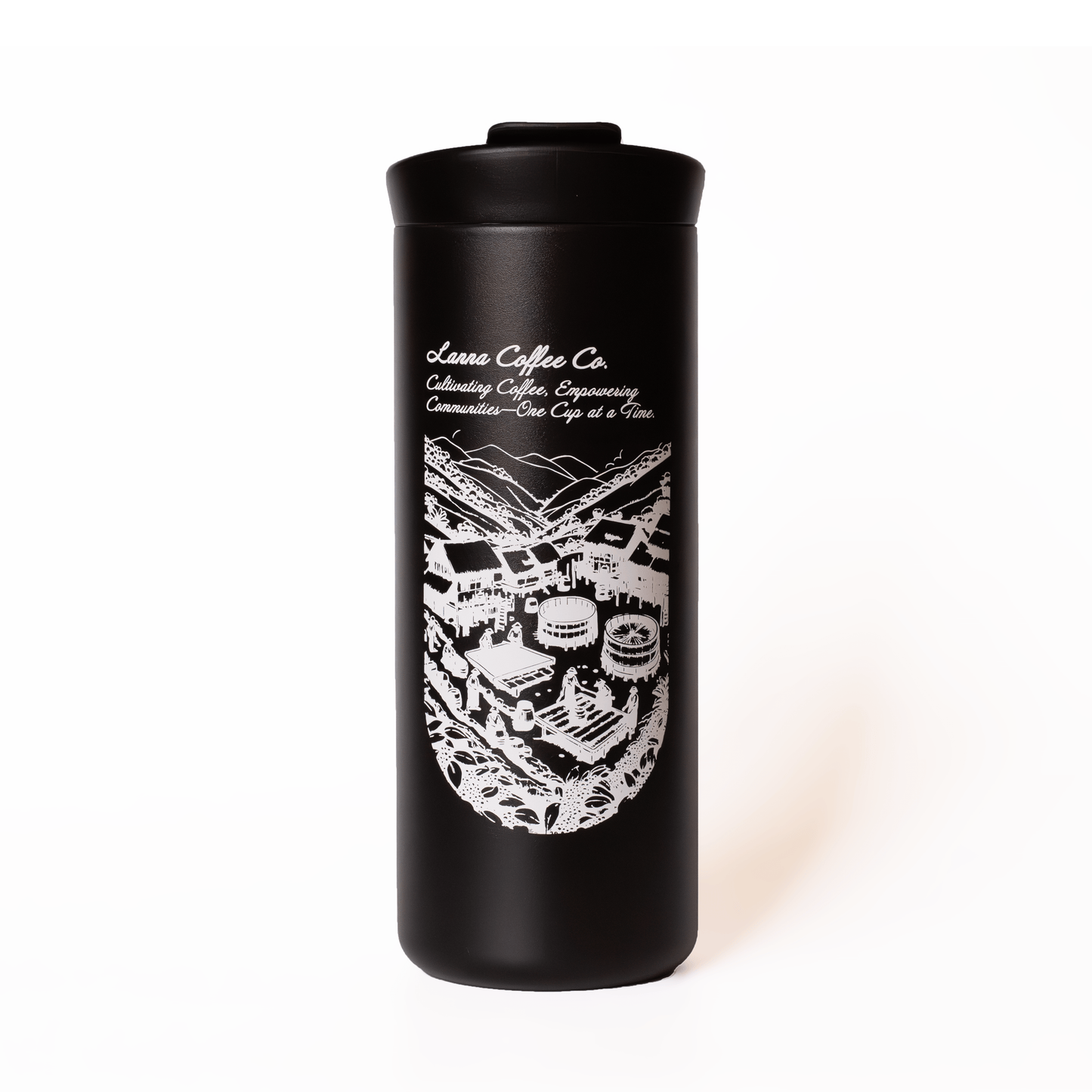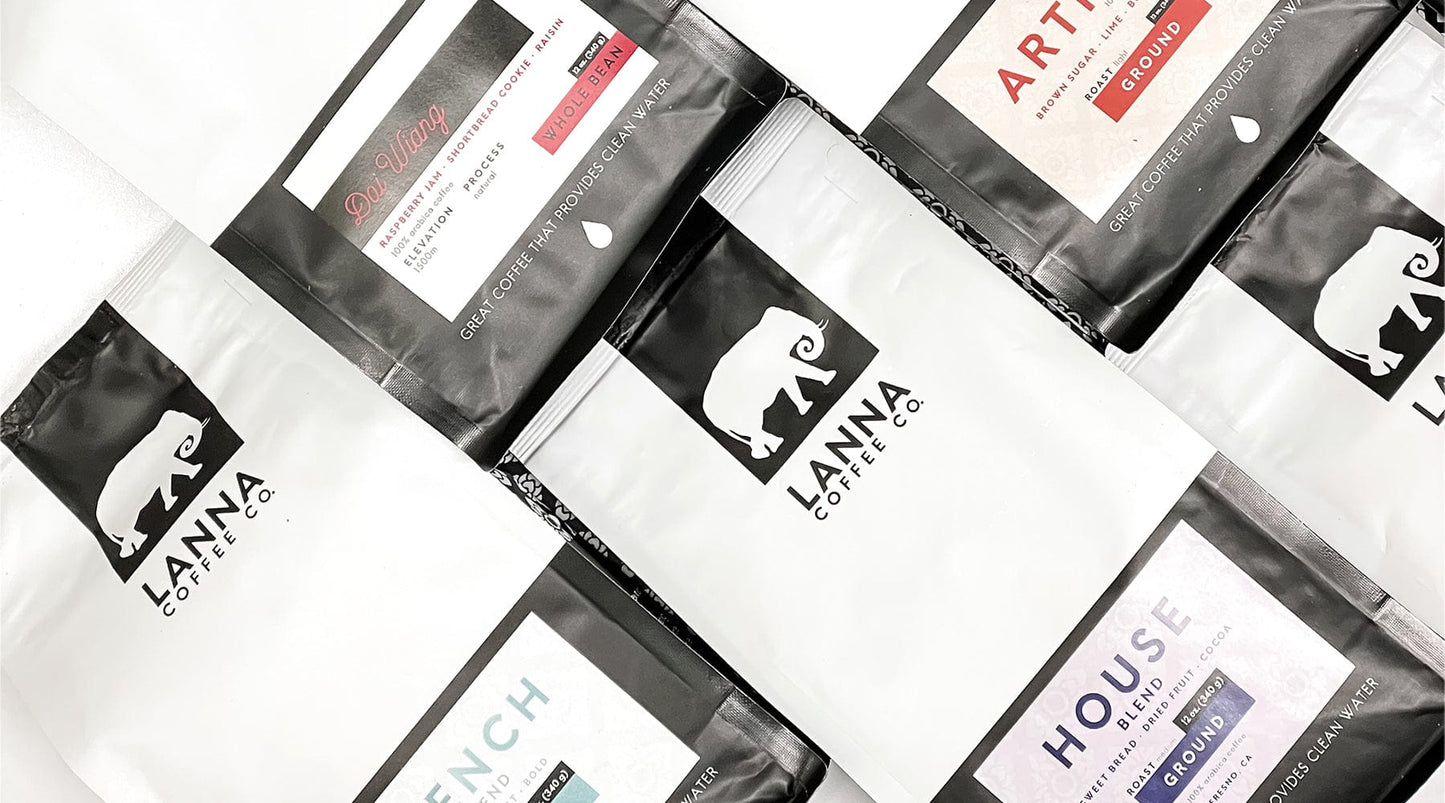There are primarily 3 different ways to process coffee once it is picked off of the tree. (To learn more about what a coffee bean (or seed) is, visit this post)
1) Natural - When the coffee is picked off the tree, it is dried immediately on the drying beds (with the seed inside). The drying could take quite a while (up to 4 weeks) then taken to a mill to be harvested, which involves removing the bean from the cherry. The process keeps many of the fruit flavors with the beans still (many describe natural processed coffee with various hints of blueberry or a similar taste).
2) Wet - When the coffee cherry is picked it is then taken to a depulper which removes the seek from the cherry. This machine has blades that mechanically remove the seed. The seeds are then placed in fermentation tanks and washed repeatedly and also soaked for a few days to remove the mucilage layer from the seed. The mucilage is a slimy, sweet layer that is removed in this water process. This results in a clean and crisp coffee. Most of our beans (besides the honey artisan - are wet processed)
3) Honey - Similar to the wet process, except when the coffee seed is removed at the depulper, instead of heading to the fermentation tanks it goes straight to the drying bed. The mucilage layer is left on and is then dried on the seed. This allows the sweet mucilage layer to soak around the bean and add a different flavor to the coffee.
Here is a picture of the Honey around the seed on the drying bed:

Here is a picture of the cherry of the coffee:
Below is a picture of a fermentation tank for the wet processed coffee:




